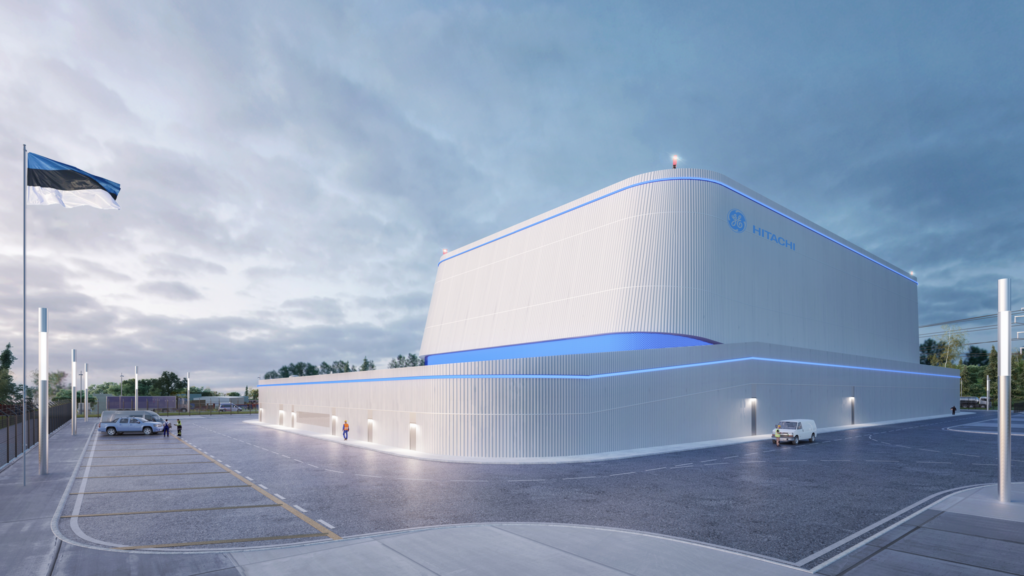Fermi Energia, which is planning a small modular reactor power plant, has selected the BWRX-300 modular reactor from GE Hitachi, a US-Japan joint venture, as the most suitable of the three bids received for construction in Estonia, with initial construction starting in Canada. Based on the design and construction experience of the new reactor to be built at the Darlington nuclear power plant near Toronto in the province of Ontario, the planning, design and construction of the Estonian plant can be gradually started.
"The BWRX-300 is a boiling water reactor in its operating principle, which is well used and well known in many European countries, including. It is well known in many European countries, including Finland and Sweden. However, the specific reactor design is much smaller than those used in our northern neighbours' plants, allowing for both greater safety and lower cost and time. At the same time, however, it allows us to build on the experience of our neighbours and provide consumers with clean electricity at an affordable and stable price," said Kalev Kallemets, CEO of Fermi Energia.
"We are honoured that Fermi Energy chose our small modular reactor technology to help Estonia meet its energy security and climate goals," said GEH President Jay Wileman. "This technology selection further validates the BWRX-300 as a leading SMR solution. Utilizing a unique combination of available fuel, manufacturing simplifications, proven components, and an already licensed reactor design, the BWRX-300 delivers cost-effective zero-emission generation in a meaningful timeframe.
Canada has already started the process of building a first-of-a-kind reactor - Estonia would not be the first to build a new reactor. At the same time, PKN Orlen, one of Europe's largest energy companies, has announced its intention to build 74 small modular reactors in Poland, at least some of which would be BWRX-300. "The choice of BWRX-300 by Poland, Sweden and other European companies gives confidence that the selected technology will have sufficient competence and supply chain in Europe," Kalev Kallemets commented.
The BWRX-300 is a new generation of BWRs with a 300 megawatt electrical generating capacity. The ability to cool the residual heat of the fuel with a large volume of water above the reactor, without the need for electricity or human intervention, ensures the highest level of safety. However, the star X in the model's name signifies that this is the tenth generation of GE Hitachi fluidised bed reactors - the technology is reliable and a major development is faster construction with steel modules.
In addition to GE Hitachi, the three finalists in the Fermi Energy technology selection were UK company Rolls-Royce and American company NuScale.
"There are dozens of new small modular reactors in development around the world - each one different in some way. Some developers are experimenting with more exotic technologies that will take a long time to reach market maturity, while others are using tried and tested solutions that work and are safe. Estonia cannot be too bold with its first nuclear plant. It also sets a number of practical criteria for the choice of technology, which after careful consideration went to GE Hitachi," explains Marti Jeltsov, Chief Technology Officer at Fermi Energia.
The establishment of a nuclear power plant in Estonia requires a decision by the Riigikogu to allow nuclear energy in Estonia, the initiation of a special national planning procedure to find a suitable location for the plant, and the development of nuclear energy legislation. "We have analysed all the work ahead and we consider it realistic to have secure, clean and affordable nuclear power in Estonia by Christmas 2031, which should also be in the interest of society and the country's climate objectives. Understandably, this goal will require a serious effort from both the state and Fermi Energy," Kallemets added.
You can find the technical characteristics of the reactor here: https://fermi.ee/bwrx-300/

